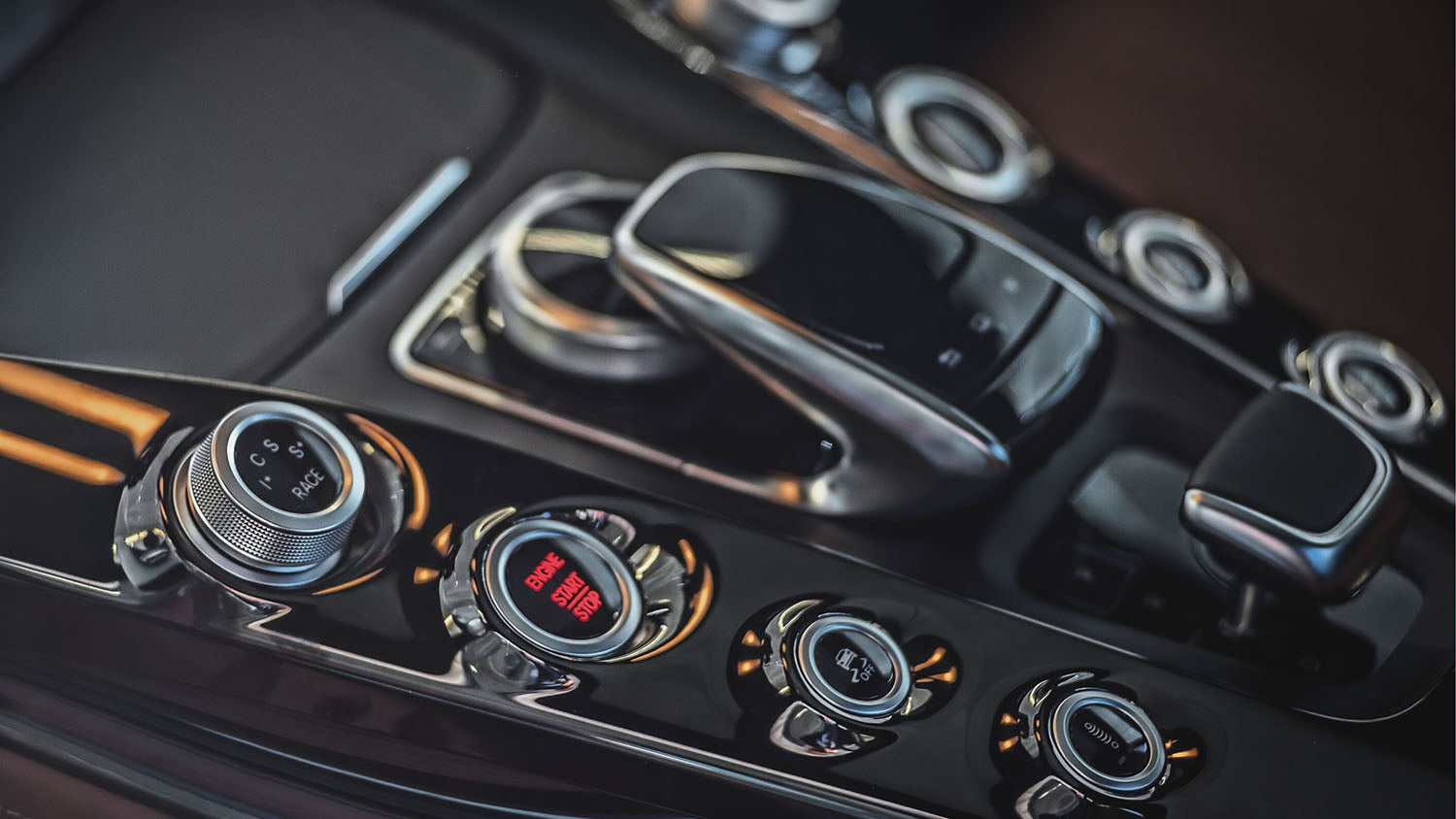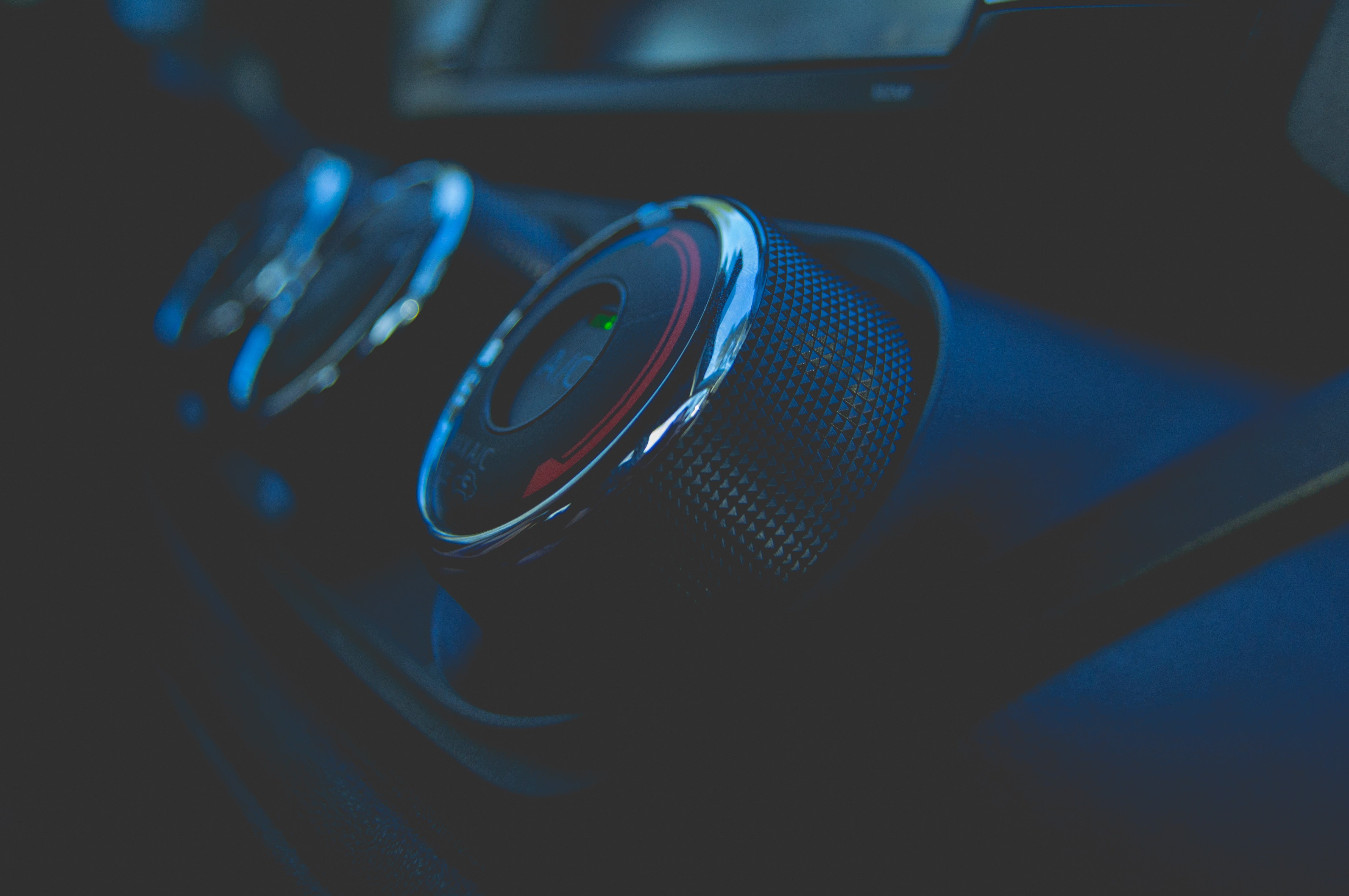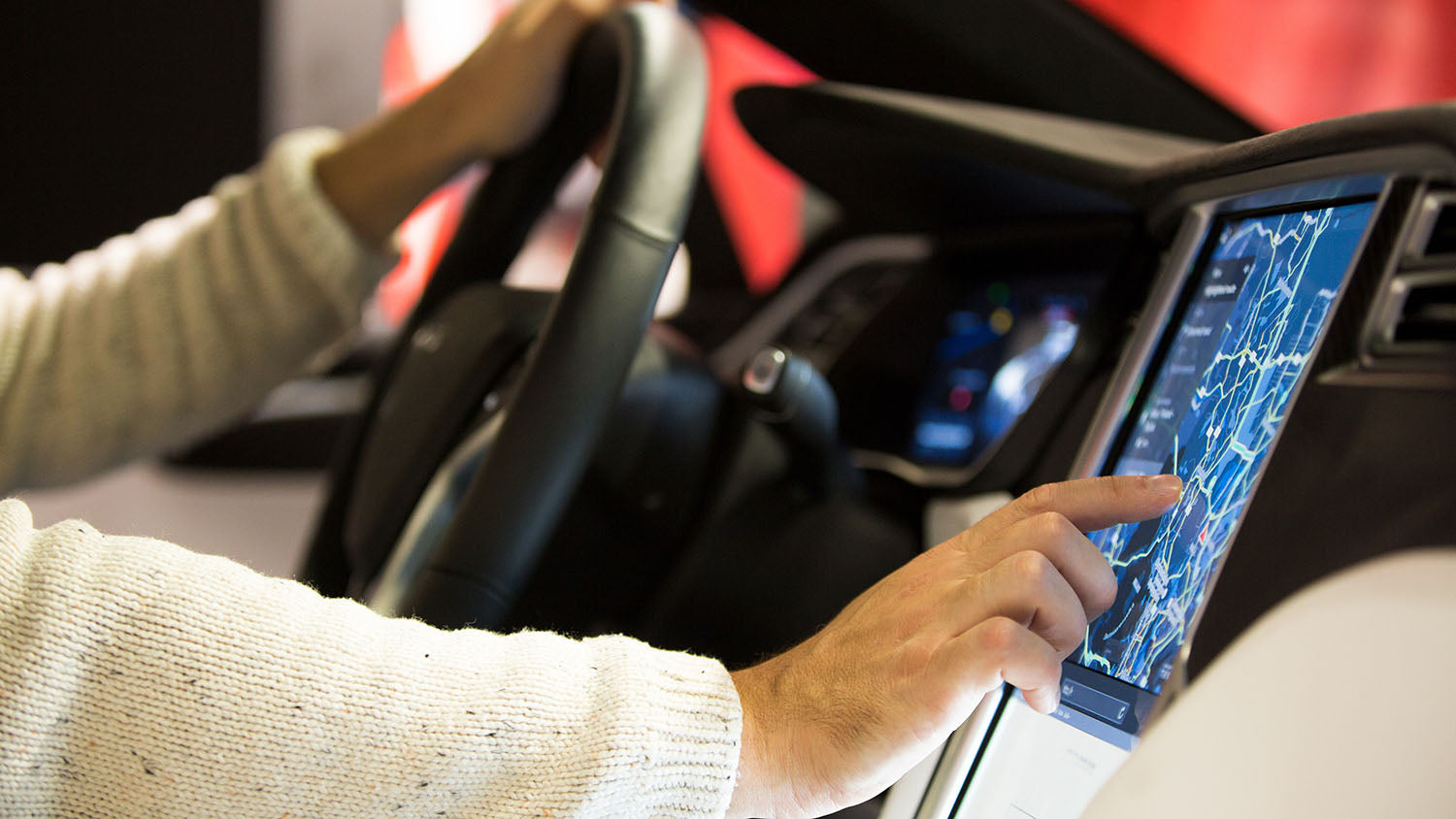
Touchscreens are in the middle of a security debate in the automotive industry. Some experts and journalists love them and would like to see all the knobs gone. Some simply hates car touchscreens and would prefer to keep mechanical buttons instead. The main argument against touchscreens is that since they are a flat surface and lack tactile feedback, they require the driver’s attention and eyes to be deviated from the road in order to be operated. The counter-argument would be that even though traditional mechanical buttons and knobs can be felt and used without looking at them, humans have the tendency to look at what they do and they deviate their eyes and attention from the road to the mechanical buttons anyway (I certainly do look at my car’s mechanical buttons while I’m driving!).
While it’s easy to find various opinions online about car touchscreens, they normally aren’t based on real scientific data. Security is a important factor and we need to go further than the simple user preference to build better Human Machine Interface (HMI). What does real scientific studies have to say on the subject? Which input device is superior (faster, more efficient and preferred) and more secure when it comes to building the best HMI in automobiles? We decided to do some research on the subject to find unbiased data and see how the automotive industry can improve security in their products.
Evaluating Four Different Car HMI Input Devices for Secondary Tasks
While searching on the web for an answer on the never-ending debate on car touchscreens vs. buttons, we ended up on a very interesting study conducted in 2016 that compared the different solutions available on the market to build automotive HMI.
The study Twist It, Touch It, Push It, Swipe It: Evaluating Secondary Input Devices for Use with an Automotive Touchscreen HMI, Large, David & Burnett, Gary & Crundall, Elizabeth & Lawson, Glyn & Skrypchuk, Lee compared four types of input devices that are currently used in cars: the touchscreen, the rotary controller (a big knob), controls on the steering wheel and a touchpad. This study is a highly detailed paper you should read if you are working in the automotive HMI field.
Subjects were asked to complete four standard types of actions we normally need to accomplish while we are driving: menu navigation, list selection, text entry and map manipulation. Researchers then measured for every action the time required to accomplish the task, the number of eye glances for every task, the number of glances longer than 2.0 seconds, the total glance time, the mean glance duration, the mean deviation of speed and the mean deviation of lane position.
In short, they measured of much time their attention and eyes deviated from the road and how much impact it had on their car’s handling. The results will be surprising to some, but one device is clearly ahead in terms of safety. Let’s see which one.
4. Touchpad

The touchpad was by far the least liked solution tested. Participants felt it was slow and frustrating to use. The study data shows that the touchpad needs more concentration from the driver (more glances) and requires more time to complete tasks. It is also the input device that has the most negative impact on the speed and lane position deviation. Engineers and product designers should look somewhere else if they want to improve safety in their new car design. People don’t like using them and the study results show that they are also dangerous to use.
3. Steering Wheel Control

The third option is the steering wheel control. To be honest, the study data shows that the gap between the steering wheel controls and the second-best input device (that we’ll see later) is very small. It is also relevant to signal that while being the third-best choice, the steering wheel controls are a definite improvement over the touchpad.
The steering wheel controls considerably reduce the number of glances and overall time required to complete a given task. It also performed admirably well for list selection tasks.
2. Rotary Controller

The second-best input device from the study test is the rotary controller, or if you prefer, the good old knob button. Remember that the race for the 2nd position was very close between the rotary controller and the steering wheel controls. The results are similar between those two. What applies for the steering wheel controls applies to the rotary controller as well.
Now if the touchpad is fourth, the steering wheel controls are third and the rotary controller is second, it means that the device that came out on top is the… infamous touchscreen?!
1. Touchscreen

Yes, the despicable touchscreen was crowned the best input device! It seems like the car touchscreen bad press from journalists is unfounded, false and undeserved. Car touchscreens are great for HMI usage.
Touchscreens were by far the most preferred input device by the users. It was also the fastest device to complete the tasks, requiring less glance than the touchpad, the steering wheel controls and the rotary controller. The device used for the test was an HP EliteBook 2740p computer. One of the first notebooks to come with a built-in touchscreen in… 2010. While the touchscreen didn’t use cutting-edge technology, it still managed to beat other input devices.
The only shortfall of touchscreens was that they require slightly longer glance time than other devices. We need to factor in the touchscreen's lack of tactile feedback. Haptics can easily correct this problem and turn the touchscreen into the ultimate HMI device and improve safety in the automotive industry.
Touchscreens Weaknesses Can Be Easily Corrected With Haptic Feedback
While touchscreens came out on top of the other input devices, there is one area where it can be improved, the mean glance duration time. We need to find a way to reduce the time required to complete a task.
This is where haptics come in!
Another interesting study, Pitts, M. J., Burnett, G., Skrypchuk, L., Wellings, T., Attridge, A., and Williams, M. A. (2012). Visual-haptic feedback interaction in automotive touchscreens., says that adding haptics to a touchscreen was a very efficient way to reduce glance time at a touch screen. Using haptics to confirm the user input can reduce the glance time over 18%! Using haptics on a car touchscreen reduce the glance duration time to the same levels as other input devices.
With HD haptics you can also customize the tactile effects depending on the information you want to share with the driver. Piezo haptics can create the best tactile effects. You could replicate incredibly convincing button clicks, send positive feedback when the input is confirmed, send negative feedback when the input is refused by the car, etc.
Piezo Actuators Coupled with Our Driver, Offer Many Advantages for the Automotive Industry
Piezo actuator mechanical advantages allow localized feedback, higher acceleration (high acceleration translates into stronger tactile feedback in haptics) and very low start-up time making them ideal for creating convincing tactile effects and feedback. If you want to improve touchscreens in the automotive HMI, you need to use piezo haptics. Coupled with our driver technology, they also consume way less power than other haptic technologies.
We wrote multiple articles on how piezo haptics are superior to other legacy technologies. We encourage you to also read our blog article Increasing Driving Awareness and Security in Automotive with Haptics. We cover how you can use piezoelectric haptics in different areas of the car to increase driver awareness and overall safety on the road. An interesting read if you are experimenting with haptic technologies!
You can also read here why our CapDrive Technology is the best solution available for haptics.
Using Piezo Haptics With Car Touchscreens Makes the Best Solution
Car touchscreens with piezo haptics will be the preferred and fastest input device HMI. When the anti-touchscreen experts talk about how much touchscreen mess with car safety or that they’re a complete UX disaster, they’re wrong. Studies and data show the opposite. Taking your eyes off the road to complete a secondary task isn’t new; a touchscreen didn’t create this problem; the same problem existed with mechanical buttons. While touchscreens aren’t perfect, they represent a step in the right direction, and we are working on improving the best solution with our piezo haptics.


Leave a comment